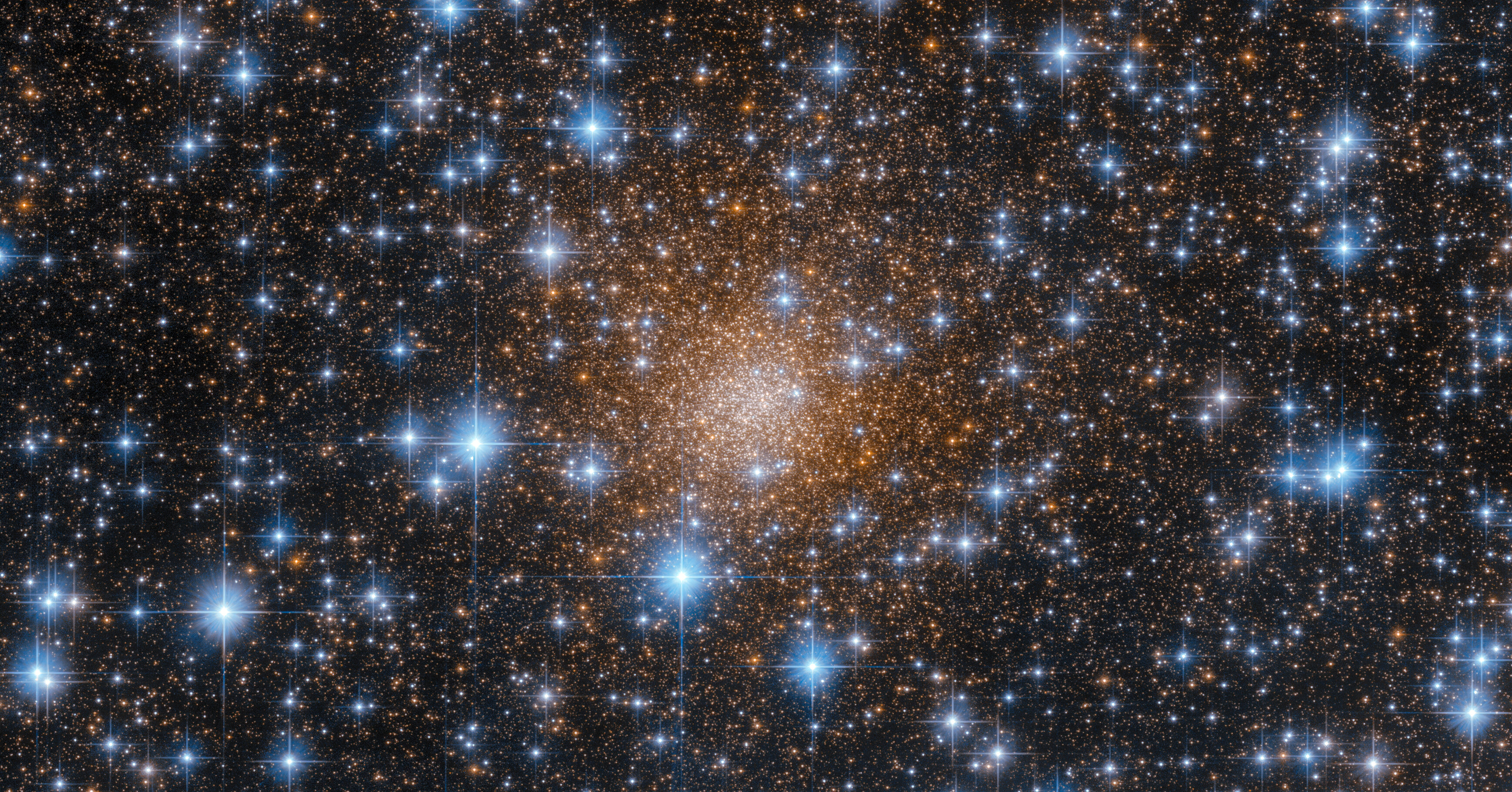Hello and welcome back to Max Q. In this issue:
- New threads for astronauts
- Ursa Major’s latest addition to its rocket engine line-up
- News from Blue Origin and more
Don’t forget to sign up to get the free newsletter version of Max Q delivered to your inbox.
NASA turns to private industry for next-gen spacesuits
Say goodbye to stuffy, hulking, 40-year-old spacesuits. Keeping step with a larger trend of turning to private industry for space services, NASA announced last Wednesday that it has contracted Axiom Space and Collins Aerospace for next-gen spacesuits and spacewalk systems for astronauts working outside the International Space Station. The total value of the contracts comes in at $3.5 billion.
Notably, the two companies will own the suits and “are encouraged to explore other non-NASA commercial applications for data and technologies they co-develop with NASA,” the agency said in a statement. This is in line with NASA positioning itself as one of many customers in a new, burgeoning market for space products and capabilities.
If all goes to plan, the new suits will be used by astronauts under the Artemis program, an ambitious series of planned missions by the agency to return humans to the moon for the first time since the Apollo era. NASA has for years been trying — and failing — to update the astronaut spacesuits and spacewalking suits, so turning to private industry is not entirely unexpected.
“History will be made with these suits,” Vanessa Wyche, NASA’s director of the Johnson Space Center, declared during a media briefing, referring to the agency’s intention to send the first person of color and first woman to the moon under the Artemis program.

An artist’s rendering of astronauts be-decked in next-gen suits. Image Credits: NASA (opens in a new window)
More news from TC and beyond
- Astra’s LV0010 rocket has arrived at Space Launch Complex 46 at Cape Canaveral, in advance of the first of three missions the company will launch on behalf of customer NASA later this month.
- Blue Origin launched the fifth crewed mission of the New Shepard rocket on Wednesday, sending a crew of six space tourists to suborbital space. The mission had previously been delayed due to issues with one of the rocket’s back-up systems.
- Elon Musk told SpaceX and Tesla employees that they need to spend a minimum of 40 hours weekly in the office to continue their employment at his respective companies. Goodbye, WFH!
- The Federal Aviation Administration has delayed the environmental review of SpaceX’s Starbase yet again, now announcing that the Final Programmatic Environmental Assessment will be issued on June 13.
- ispace, a Japanese startup developing robots for the moon, released video showing engineers mating the two main subassemblies of the company’s lunar lander, dubbed Hakuto-R.
- The James Webb Space Telescope, NASA’s enormous and very fancy orbital telescope, is running smoothly — and the agency will release the first full-color images from the scope on July 12. Mark your calendars.
- NASA awarded five additional crewed astronaut flights to SpaceX, yet another expansion to the company’s Commercial Crew Transportation Capabilities (CCtCap) contract with the agency. SpaceX is currently the only provider of astronaut transportation services to and from the International Space Station.
- Sony is entering the space industry with the launch of Sony Space Communications, a company that will develop small communications devices for satellites.
- Starlink can now claim to be licensed on all seven continents, with news that Nigeria and Mozambique approved the service.
- Ursa Major is developing a new rocket engine for medium- and heavy-lift launch vehicles, which it is calling Arroway. The 200,000-pound thrust engine is slated for delivery in 2025.
Photo of the week

My face, when I learned that the FAA delayed the environmental review of Starbase yet AGAIN. Image Credits: Know Your Meme/Nintendo (opens in a new window)
REAL Photo of the week

NASA’s Hubble Telescope caught a glimpse of the star cluster Liller 1, shown here in red. It’s 30,000 light-years from Earth, which the agency said “is neighborly in cosmic terms.” Gulp. Image Credits: NASA (opens in a new window)
Max Q is brought to you by me, Aria Alamalhodaei. If you enjoy reading Max Q, consider forwarding it to a friend.















 English (US) ·
English (US) ·